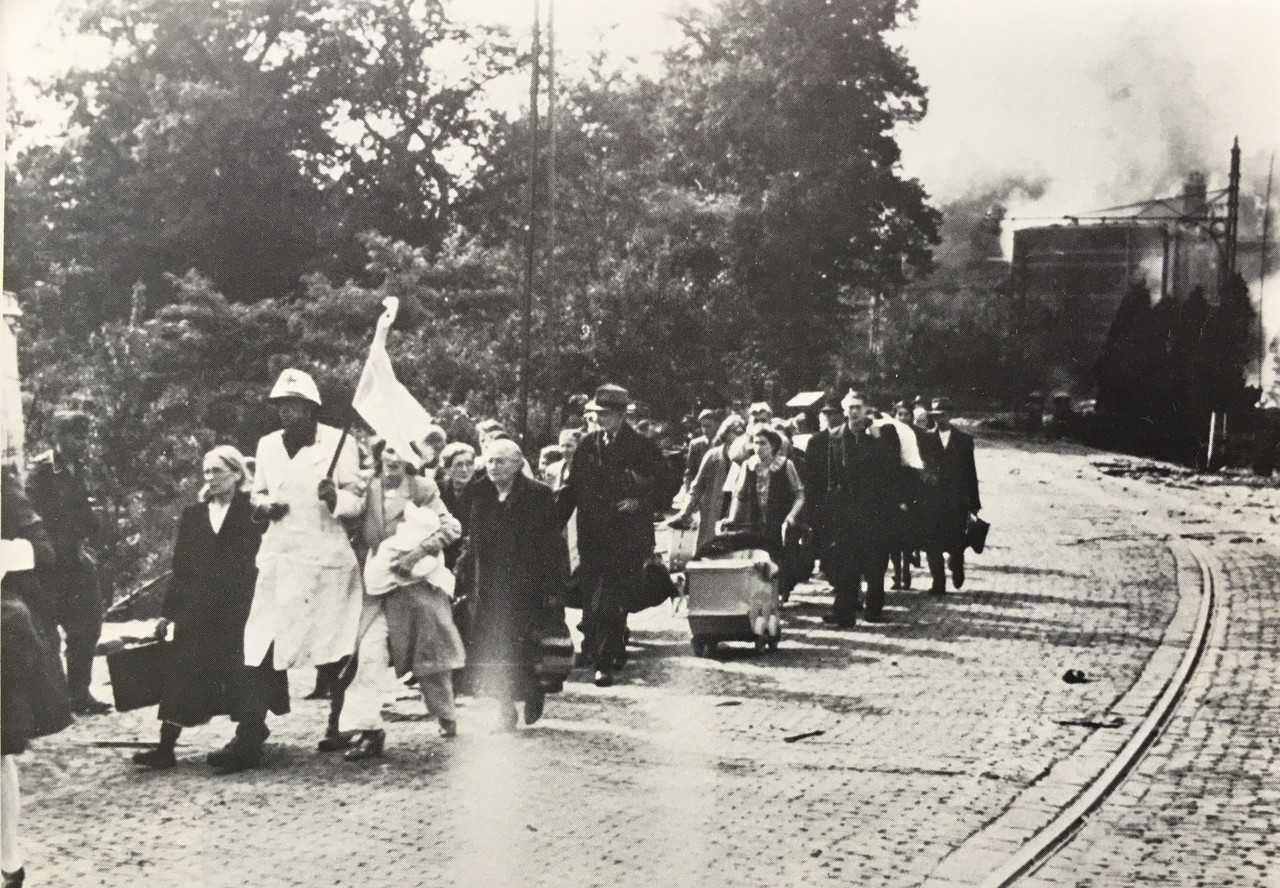Commissioned by Helene, the construction of a bomb shelter in a sand dune on the Veluwe begins in 1939, but it is not yet finished when the war breaks out. On 22 July 1940, the entire collection is moved there. The works of art are packed in order of value and transferred to the shelter in small groups. Within a week all the works are safe and sound, the result being that the museum closes its doors.
An emergency Hospital
In the final year of the war, the museum serves as an emergency hospital for the Red Cross. The museum provides accommodation for 310 adults and 40 children. The patients are housed in the rooms of the Van de Velde wing. St Hubertus hunting lodge is the nurses’ accommodation and the service building is used as a maternity ward and a storeroom.
Canadians help reopen the museum
On 15 April 1945 the museum was liberated by the Canadians, who also helped to reinstate the art so the museum could be opened to the public more quickly. 'It is interesting to think that it was Canadian troops […] who carried this collection out of the caves and painstakingly transported it to the museum where it could once more be hung for people the world over to see,’ said the lieutenant colonel.
The museum was officially reopened on 6 October 1945.
Van Gogh's 'The Potato Eaters'
Van Gogh’s masterpiece The potato eaters is purchased after the war by Willy Auping Jr, the museum’s first curator. According to H.P. Bremmer, the acquisition is ‘a crown on the collection’. The Van Gogh painting would ‘make the collection of works from his Dutch period complete’. Purchased previously by Helene, the collection already includes a study for The potato eaters and sketches of Nuenen peasant heads that constitute the prelude to Van Gogh’s first ‘masterpiece’.
For more stories about the museum during the war years, including unique visual materials, visit www.krollermuller.nl/timeline.
